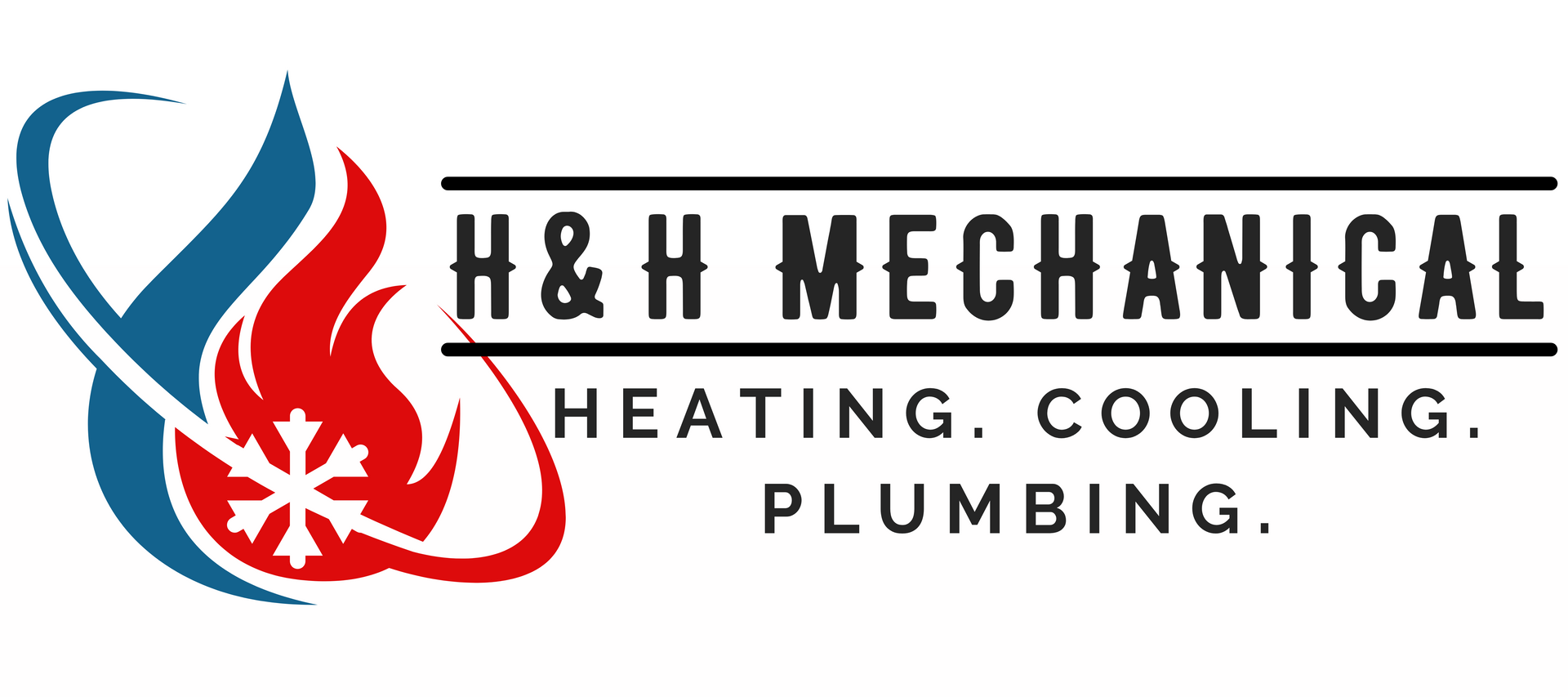How to Save Money on Your Office Cooling Bills
As summer temperatures soar, so can the cost of keeping your office comfortably cool. With energy prices on the rise, managing cooling costs while maintaining a productive work environment becomes a challenge. However, by implementing strategic changes, you can significantly reduce these expenses without sacrificing comfort. Here’s how:
1. Upgrade to Energy-Efficient Cooling Systems
Outdated HVAC systems can be energy hogs. Consider upgrading to an energy-efficient system that meets the ENERGY STAR guidelines. Such systems use up to 50% less energy than their non-certified counterparts. Although the upfront cost might be higher, the long-term savings and improved efficiency make these systems a wise investment.
2. Regular Maintenance
Ensure that your cooling system is regularly serviced to maintain optimum efficiency. This includes cleaning or replacing air filters monthly during high-use seasons, checking for duct leakage, and ensuring that the cooling system’s components are in good working condition. Regular maintenance prevents overworking the system, which can lead to higher energy costs and potential breakdowns.
3. Use Programmable or Smart Thermostats
Programmable thermostats can save you up to 10% a year on cooling and heating costs by automatically adjusting the temperature during non-business hours. Better yet, smart thermostats offer more advanced controls, data tracking, and the ability to adjust settings remotely, ensuring optimal climate control and energy usage.
4. Improve Building Insulation
A well-insulated building keeps the cool air in and the hot air out, reducing the workload on your cooling system. Check the insulation in your office’s walls, roof, and floors. Adding or upgrading insulation can be an effective way to reduce cooling costs significantly.
5. Install Energy-Efficient Windows
If your office still has single-pane windows, consider upgrading to double-glazing. These windows reduce the amount of heat entering through the glass and help maintain a stable internal temperature. Installing blinds or shades can also help by reducing heat gain from direct sunlight.
6. Optimize Office Layout
Where possible, move heat-producing equipment such as copiers, printers, and servers to areas that do not conflict with the cooling system’s airflow. Also, arranging office desks and furniture to maximize air circulation can help reduce the need for lower thermostat settings.
7. Encourage Smart Cooling Practices
Educate employees about keeping doors and windows closed when the AC is on. Additionally, office dress codes can be relaxed to accommodate lighter clothing suitable for warmer weather, reducing the need to lower thermostat settings.
8. Switch to LED Lighting
Traditional incandescent light bulbs convert about 90% of their energy into heat. Switching to LED lighting reduces this heat output, thereby reducing the strain on your office cooling system. LEDs are not only cooler but also far more energy-efficient and have a longer lifespan.
9. Use Fans
Ceiling fans or oscillating fans can make a room feel cooler even when the air temperature is the same. They use less electricity compared to air conditioning units and can help circulate the cool air more effectively throughout the office.
Conclusion
Lowering your office cooling bills doesn't require drastic measures. By implementing some or all of these strategies, you not only save money but also contribute to a more sustainable planet. Each step you take towards improving the efficiency of your cooling system can result in substantial savings and a cooler, more comfortable work environment.






